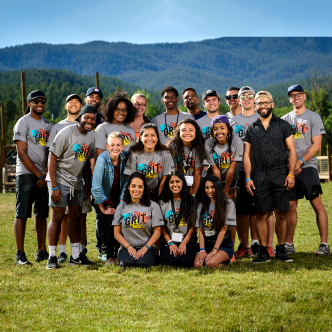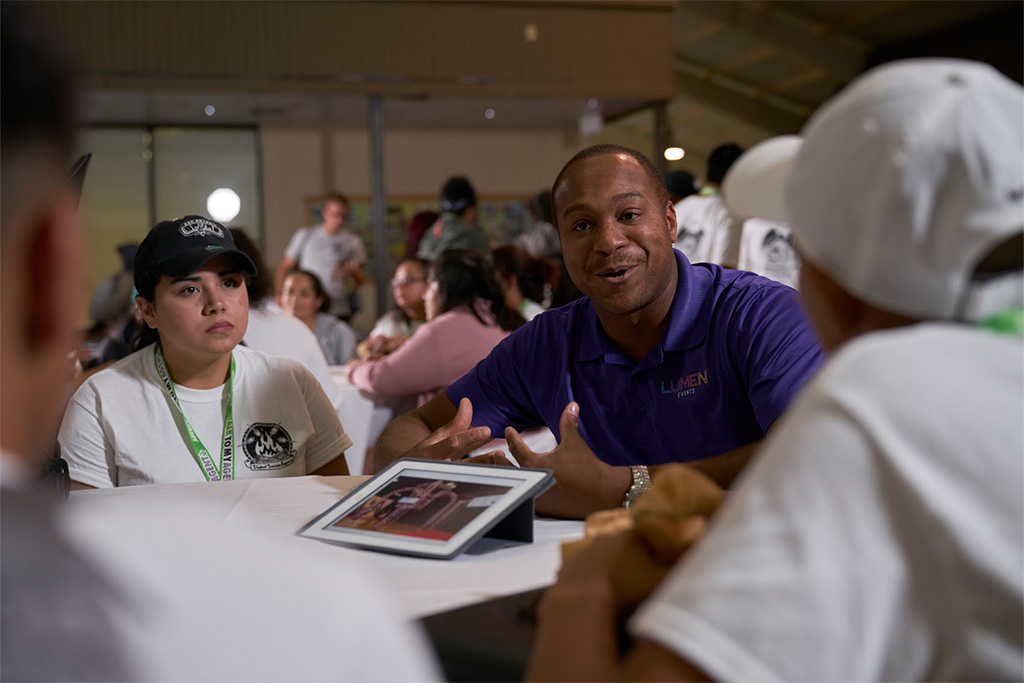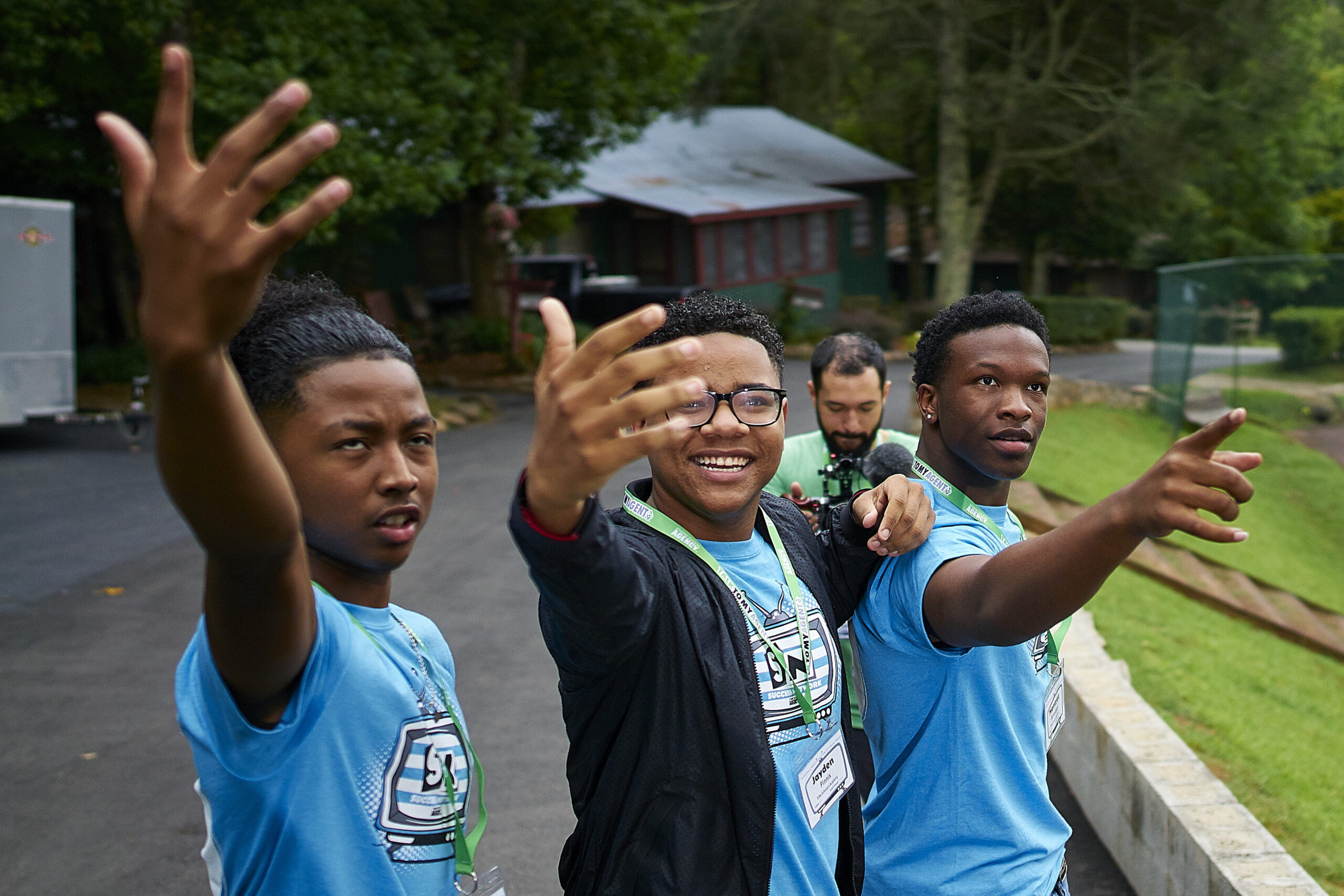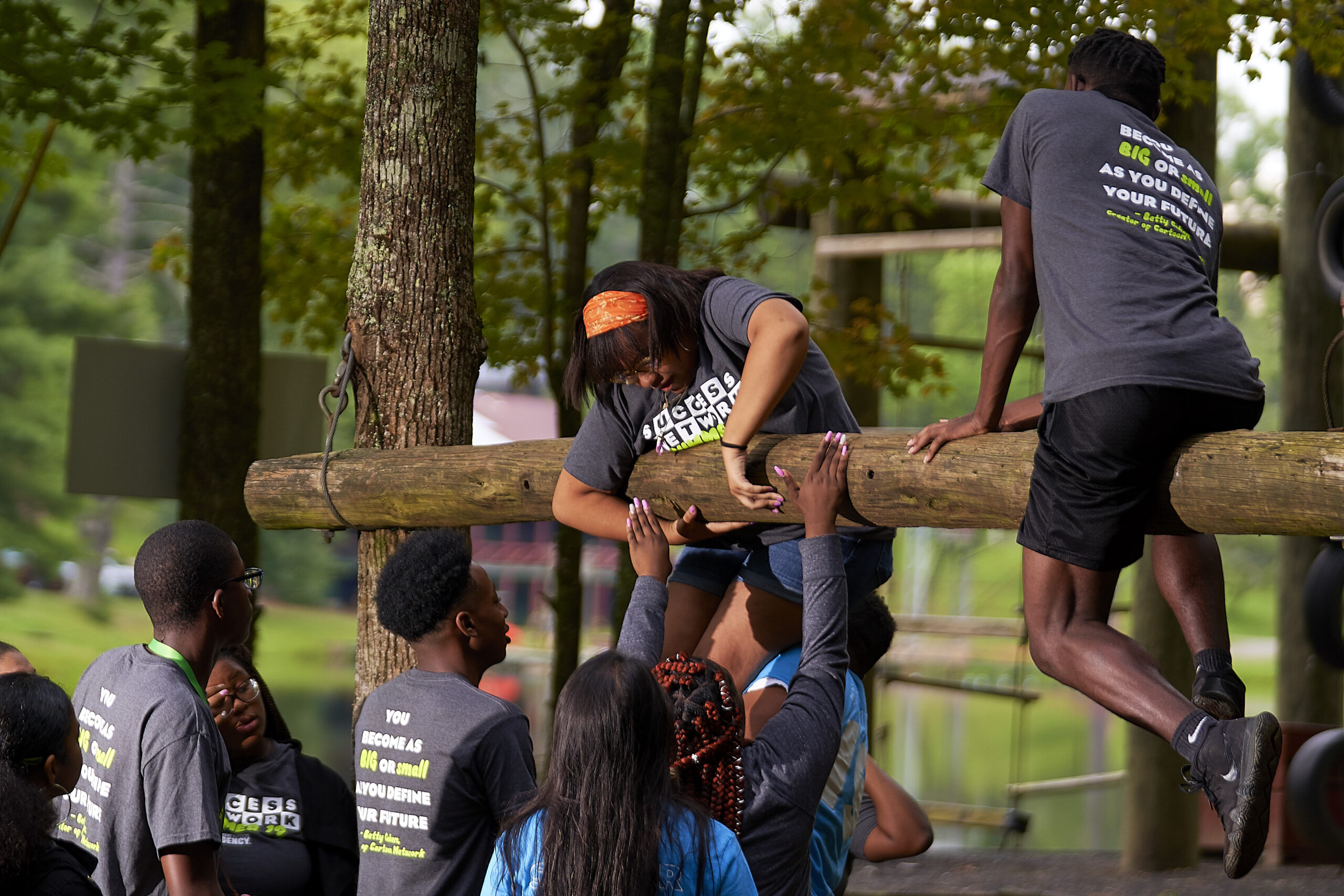Content
Over 50 million students in the United States were affected during the COVID-19 pandemic when many schools shut down.
As the months went on with multiple schools shutting down, a trend arose that showed student engagement was dropping because of distance learning. Students stopped signing into their classes and quit doing their homework regularly. But why should it be this way?
Students are up-to-date on all the technological advancements. They know how to use a phone and computer and spend up to 9 hours a day on screens on average. If this is how they choose to spend their time, then why would learning through technology and through a screen decrease engagement?
It shouldn’t!
Keep reading to learn about how you can use a student software platform to increase student agency and student engagement at your school!
What Happened With Student Engagement at the Start of the Pandemic?
Let’s face it. As much as we can sit here and say that students love technology, we’re aware that in the face of a challenge, change is not easy. It’s definitely not easy when one of the biggest challenges they may have ever faced up until that point occurs. It’s not easy for adults, and it is especially not easy for kids or teenagers.
So when all this change occurred, students became less motivated and less engaged. Not having a teacher directly in front of them helping them through problems or challenges became a disadvantage. While students were struggling, so were teachers.
Since this was the case, teachers did not check up on students as regularly as they did before, which also affected motivation in students.
Increasing Student Engagement Through SSA
After learning statistics of how students use technology, the Student Success Agency decided to take it into their own hands. They wanted to apply the statistics they knew to increase student engagement.
Based on statistics, the Student Success Agency decided to put a student mentoring platform into place. Instead of just having students rely on their teachers during the school day, they knew more could take place.
Creating a digital support infrastructure platform allows for agents to continue to help students after their traditional school day is over.
Students have contact with agents and specialty tutors for each subject. They also have access to a technology-backed system that allows them to send emails and get announcements.
What’s even better? There’s a student counseling platform to increase students’ mental health. These check-ins empower individual student agency for each student to take control of their own learning.
All in all, SSA created a system that allows for students to learn traditionally while being connected to a digital mentor. Not only is this meeting students where they are at, but it is allowing students to increase their capacity outside of a school building.
What Are the Types of Student Engagement That School Districts Can Use?
After realizing the success rate of student engagement through SSA, many people began to adapt their ways. So what other things can you do to continue to engage students digitally?
Include Social Emotional Wellness Lessons into Digital Courses
When students are physically at school, they are learning lessons on how to be social simply by interacting with teachers and other students. But how can they continue this when everything is digital and remote?
By integrating social-emotional wellness lessons into regular course content, students are still receiving the information and content that they need to develop.
There are many student software platforms out there. These allow for hands-on activities for students. There are others that create mini-class breaks for you with social and emotional activities for kids.
To keep students engaged in the middle of class, you can incorporate a mindfulness activity. These activities can be anything from meditating to engaging in a five-sense activity. You can also mix it up on a daily basis to keep them on their toes and always wanting more!
Another option is to give students “brain breaks.” Give them five minutes to complete a fun brain puzzle or get up and stretch. You can also create community builders to have the class get to know each other better during their digital course.
Whichever option you choose, you will be engaging students more than if you were just teaching subject content for the entire class time. And if you are worried about losing class time, having students engaged means they are ultimately learning more in the long run.
Incorporate a Morning Meeting for Students and Staff
Most schools have some type of morning meeting or morning announcement each day. Why should this not occur when school is remote?
By incorporating a morning meeting, you can engage kids from the start of the day. This could look different depending on the age of the kids you teach. No matter what, it should include elements of social-emotional well-being, greetings, get-to-know-you games, and current events. If you are using Zoom, you could create breakout rooms for students to engage with each other as if they were in an in-person setting.
Morning meetings are meant to be kept short, but just enough time to make sure they are getting activities in that otherwise would not happen remotely.
Develop a Student Mentoring Platform
As many people’s mental health declined over the pandemic, many schools weren’t sure what to do to help their kids since they were all remote and couldn’t physically be reached.
Over time, a lot of information has come out about how to engage with mental health discussions and help students even if we are remote. Creating a mentorship program is one way to do it.
By allowing students to connect with a student mentor, their personal and educational growth will skyrocket. Students need to have a support system in place, and while remote, that can be hard to do. By setting up a mentoring platform or program for students to use, there are no extra steps or hurdles they need to take to find the support they need to thrive.
Students who do not have enough student agency to log into a class themselves or complete their work would benefit the most from a student mentor. Once connected, they can be their personal cheerleader, connect with them digitally to meet students where they are, and support students in whatever way they need.
Support Your Students’ Mental Health
If schools are remote, how can they help support students’ mental health and give them the correct amount of support to help them thrive at home? Without seeing students every day, how do you know how they are really doing?
This could look different since there are many options to support mental health. Here are a few ideas:
- Create mandatory check-ins with the school counselor or have a calendar that students can sign up for a slot if they need to
- Have after-school activities for building relationships and staying social
- Continue to keep a school structure with a set schedule that they follow daily
- Incorporate projects into classes so they are still getting hands-on experience working with others
- Hold performing arts classes or P.E. classes over Zoom to keep students active and engaged with their hobbies
- Add extracurricular options for students like art class, karate, dance, or debate (anything that can be done over Zoom)
By keeping their schedule and their social life as normal as possible, students will do much better and feel closer to their normal selves. Adding in activities to keep them active and social will benefit their mental health.
Increase Student Engagement With These Tactics
As we said before, change is never easy. Learning how to keep students engaged with their schoolwork in a digital world is also pretty difficult. The same goes for keeping up with their mental health.
By creating and building connections (even if digital), students will feel more in control of their own destinies. Those connections will also help them with their social-emotional wellbeing. This will help keep them on the right track to learning to the best of their ability.
Keeping their daily lives as “normal” as possible is key to student engagement in a digital world.
Are you ready to make this a priority for your students? We have the solutions you need for your school district to thrive remotely. Not only will you notice a shift in your student engagement and culture, but you’ll also see progress with your staff culture as well!






